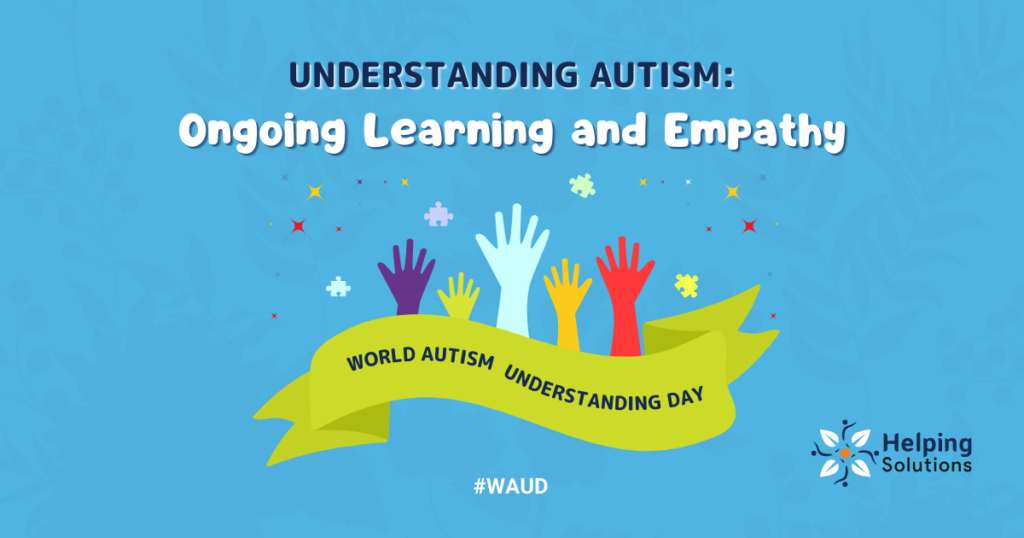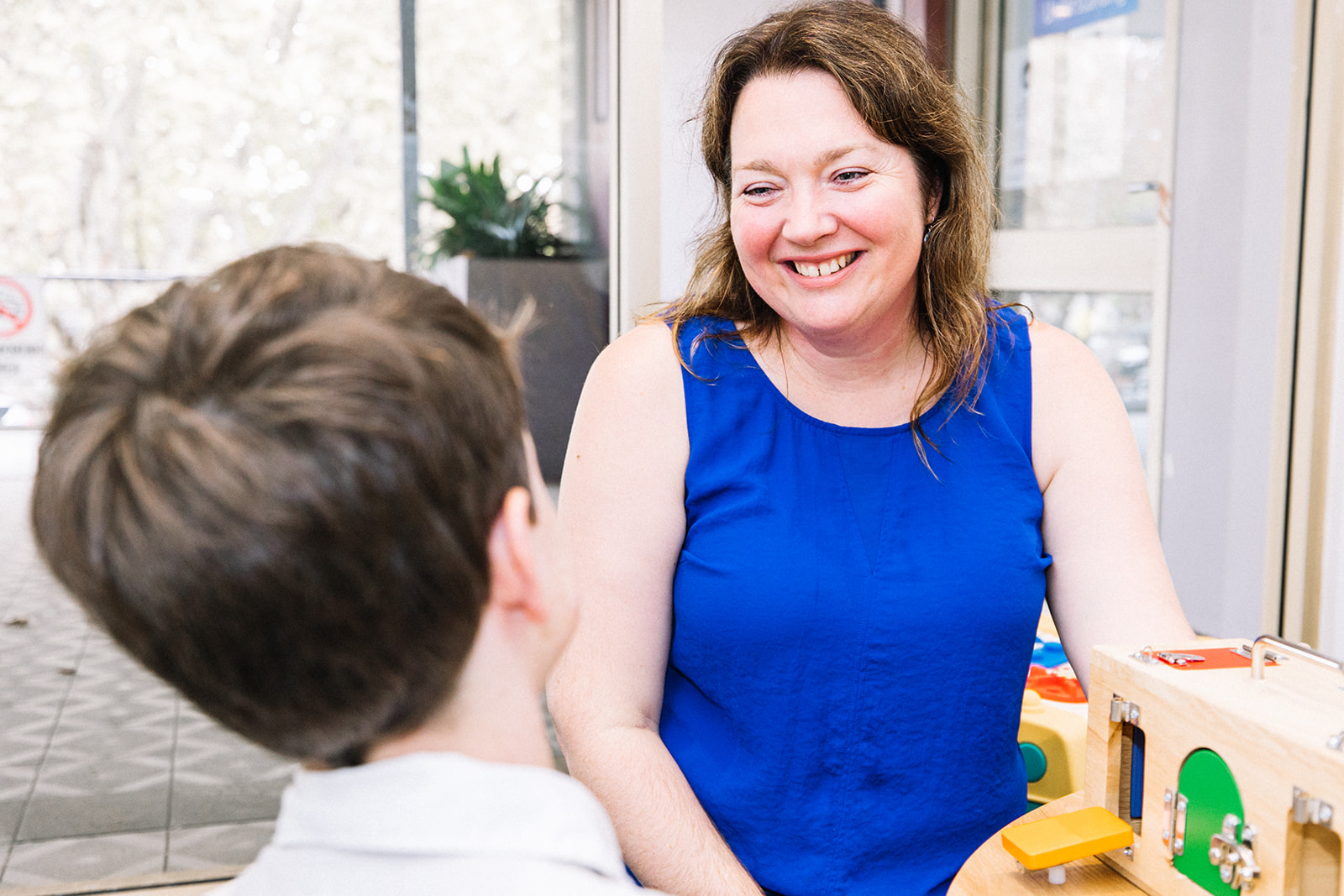Strawberrytabby autism has become a topic of growing interest in recent years, as the neurodivergent community continues to expand its understanding of various forms of autism. This term, while not officially recognized in clinical settings, represents a unique subgroup within the autism spectrum. It highlights the diverse ways in which individuals with autism experience and interact with the world. This concept challenges traditional perceptions of autism and encourages a more inclusive and nuanced approach to neurodiversity.
By exploring strawberrytabby autism, we can gain deeper insights into the experiences of those who identify with this subgroup. It invites us to rethink how we define and categorize autism, emphasizing the importance of individuality and personal narratives. This understanding is crucial for fostering acceptance, empathy, and support for all individuals on the spectrum.
In this article, we will delve into the meaning behind strawberrytabby autism, its characteristics, and its significance within the neurodivergent community. We will also examine how this concept aligns with broader discussions on autism awareness and acceptance. By the end, you will have a comprehensive understanding of this unique neurodivergence and its implications for the future of autism research and advocacy.
Read also:Randall Gosch A Comprehensive Exploration Of His Life And Achievements
Table of Contents
- What is Strawberrytabby Autism?
- Characteristics of Strawberrytabby Autism
- Neurodiversity and Strawberrytabby Autism
- Common Misconceptions
- Supporting Individuals with Strawberrytabby Autism
- Strategies for Parents and Educators
- Scientific Perspective
- Community and Advocacy
- Future Directions
- Conclusion
What is Strawberrytabby Autism?
Strawberrytabby autism refers to a specific subgroup within the broader autism spectrum. While it is not a medically recognized diagnosis, the term is used by some individuals to describe their unique experiences and traits. It emphasizes the diversity within the autism community, acknowledging that not all individuals fit neatly into predefined categories.
This concept emerged as part of the growing movement toward embracing neurodiversity. It highlights the importance of recognizing and valuing individual differences within the spectrum. By understanding strawberrytabby autism, we can better appreciate the complexity and richness of human neurology.
Characteristics of Strawberrytabby Autism
Sensory Processing Differences
One of the defining characteristics of strawberrytabby autism is heightened sensory processing. Individuals may experience sensory input differently, leading to both challenges and strengths. For example, they might have an acute sense of smell or hearing, which can influence their daily experiences.
Unique Communication Styles
Communication is another area where strawberrytabby autism stands out. Some individuals may use unconventional methods of expression, such as visual aids or specific gestures, to convey their thoughts and emotions. This diversity in communication styles underscores the importance of flexibility and adaptability in interactions.
Intense Focus and Interests
People with strawberrytabby autism often exhibit intense focus on specific topics or activities. This deep interest can lead to expertise in certain areas, showcasing their strengths and potential contributions to various fields. Encouraging and supporting these passions can be beneficial for personal and professional growth.
Neurodiversity and Strawberrytabby Autism
Neurodiversity is a concept that recognizes and celebrates the natural variation in human neurology. Strawberrytabby autism aligns with this philosophy by emphasizing the value of diverse perspectives and experiences. By embracing neurodiversity, we can create more inclusive environments that support all individuals, regardless of their neurological differences.
Read also:Dan Greiner The Visionary Entrepreneur Shaping The Future Of Business
Research has shown that neurodivergent individuals bring unique strengths and talents to the table. For instance, those with strawberrytabby autism may excel in creative problem-solving, pattern recognition, or artistic expression. These abilities contribute to a richer and more dynamic society.
Common Misconceptions
Despite increasing awareness, several misconceptions about strawberrytabby autism persist. One common misunderstanding is that it is a separate condition from autism. In reality, it represents a specific expression of autism, highlighting the spectrum's diversity.
Another misconception is that individuals with strawberrytabby autism lack social skills altogether. While they may approach social interactions differently, many possess strong empathy and communication abilities when given the opportunity to express themselves in their preferred ways.
Supporting Individuals with Strawberrytabby Autism
Creating Inclusive Environments
Supporting individuals with strawberrytabby autism begins with creating inclusive environments that accommodate their needs. This includes providing sensory-friendly spaces, offering flexible communication options, and fostering a culture of acceptance and understanding.
Encouraging Self-Advocacy
Empowering individuals to advocate for themselves is essential. By teaching self-advocacy skills, we enable them to express their preferences and needs effectively. This promotes independence and confidence, allowing them to thrive in various settings.
Strategies for Parents and Educators
Building Strong Relationships
Parents and educators play a crucial role in supporting individuals with strawberrytabby autism. Building strong, trusting relationships is key to understanding their unique needs and strengths. Regular communication and collaboration can help tailor strategies to meet their specific requirements.
Implementing Personalized Learning Plans
Personalized learning plans are effective tools for addressing the diverse needs of students with strawberrytabby autism. These plans can incorporate visual aids, hands-on activities, and technology to enhance learning experiences and promote academic success.
Scientific Perspective
From a scientific standpoint, strawberrytabby autism challenges traditional diagnostic frameworks. Researchers are increasingly recognizing the importance of studying subgroups within the autism spectrum to gain a more comprehensive understanding of the condition. This research can inform more personalized and effective interventions.
Studies have also highlighted the genetic and environmental factors contributing to autism's diversity. By examining these factors, scientists hope to uncover new insights into the mechanisms underlying different expressions of autism, including strawberrytabby autism.
Community and Advocacy
The strawberrytabby autism community plays a vital role in raising awareness and promoting acceptance. Through advocacy efforts, individuals and organizations work to dismantle stereotypes and create more inclusive societies. Social media platforms have become powerful tools for sharing personal stories and connecting with others who share similar experiences.
Community events, such as autism awareness days and conferences, provide opportunities for learning and networking. These gatherings help strengthen bonds within the community while educating the broader public about the importance of neurodiversity.
Future Directions
The future of strawberrytabby autism research and advocacy looks promising. Advances in technology, such as artificial intelligence and virtual reality, offer new possibilities for understanding and supporting neurodivergent individuals. Additionally, increased collaboration between researchers, clinicians, and the community can drive meaningful change.
As society continues to evolve, it is essential to prioritize inclusivity and accessibility for all individuals. By embracing the concept of strawberrytabby autism, we can contribute to a more equitable and compassionate world.
Conclusion
In conclusion, strawberrytabby autism represents a unique and valuable expression of neurodiversity within the autism spectrum. By understanding its characteristics, embracing neurodiversity, and addressing common misconceptions, we can create more supportive and inclusive environments for all individuals. Supporting those with strawberrytabby autism involves creating inclusive spaces, encouraging self-advocacy, and implementing personalized strategies.
We invite you to join the conversation and share your thoughts in the comments below. Your feedback and experiences are invaluable in promoting greater awareness and acceptance. Additionally, consider exploring other articles on our site to deepen your understanding of neurodiversity and related topics.
References:
- Grandin, T. (2006). Thinking in Pictures: My Life with Autism. Doubleday.
- Walker, N. (2014). NeuroTribes: The Legacy of Autism and the Future of Neurodiversity. Allen & Unwin.
- Autism Speaks. (2023). Autism Facts and Figures. Retrieved from https://www.autismspeaks.org.


